31 Reading Skills
learning objectives
In this chapter, you will:
- Learn about active reading strategies
- Learn how to read different texts
Note-Taking and Active Reading
Prior to this you read about note-taking systems and thought about your note-taking–for example, during lectures and when reading.
Next: think more about how using notes can be helpful when reading difficult materials such as academic journal articles.
The Reading Process
Effective reading requires more engagement than just reading the words on the page. In order to learn and retain what you read, it’s a good idea to do things like circling key words, writing notes, and reflecting. Actively reading academic texts can be challenging for students, but practicing the following steps can help make time spent reading more efficient and productive:
- Preview: You can gain insight from an academic text before you even begin the reading assignment. For example, if you are assigned a nonfiction book, read the title, the back of the book, and the table of contents. Scanning this information can give you an initial idea of what you’ll be reading and some useful context for thinking about it. You can also start to make connections between the new reading and knowledge you already have, which is another strategy for retaining information.
- Read: While you read an academic text, you should have a pen or pencil in hand. Circle or highlight key concepts. Write questions or comments in the margins or in a notebook to help you remember what you are reading and also to build a personal connection with the subject matter.
- Summarize: After you read an academic text, it’s worth taking the time to write a short summary, even if your instructor doesn’t require it. The exercise of jotting down a few sentences or a short paragraph capturing the main ideas helps you understand and absorb what you read and gives you ready study and review materials for exams and writing assignments.
- Review: It always helps to revisit what you’ve read for a quick refresher. It may not be practical to thoroughly reread assignments from start to finish, but before class discussions or tests, it’s a good idea to skim through them to identify the main points, reread any notes at the ends of chapters, and review any summaries you’ve written.

Dealing with Special Texts
While active reading is very useful for most assignments, you should consider some additional strategies for reading assignments in other subjects below.
Mathematics Texts
Mathematics present unique challenges in that they typically contain a great number of formulas, charts, sample problems, and exercises. Follow these guidelines:
- Do not skip over these special elements as you work through the text.
- Read the formulas and make sure you understand the meaning of all the factors.
- Substitute actual numbers for the variables and work through the formula.
- Make formulas real by applying them to real-life situations.
- Do all exercises within the assigned text to make sure you understand the material.
- Since mathematical learning builds upon prior knowledge, do not go on to the next section until you have mastered the material in the current section.
- Seek help from the instructor or teaching assistant during office hours if need be.
Reading Graphics
Textbooks contain tables, charts, maps, diagrams, illustrations, photographs, and the newest form of graphics—Internet URLs for accessing text and media material. Many students are tempted to skip over graphic material and focus only on the reading. Don’t. Take the time to read and understand your textbook’s graphics. They will increase your understanding, and because they engage different comprehension processes, they will create different kinds of memory links to help you remember the material.
To get the most out of graphic material, use your critical thinking skills and question why each illustration is present and what it means. Don’t just glance at the graphics; take time to read the title, caption, and any labeling in the illustration. In a chart, read the data labels to understand what is being shown or compared. Think about projecting the data points beyond the scope of the chart; what would happen next? Why?
Table 5.2 shows the most common graphic elements and notes what they do best. This knowledge may help guide your critical analysis of graphic elements.
Table 5.2 Common Uses of Textbook Graphics
|
Type of Graphics |
How are they used? | Example |
|
Table
|
Most often used to present raw data. Understand what is being measured. What data points stand out as very high or low? Why? Ask yourself what might cause these measurements to change. |  |
|
Bar Chart
|
Used to compare quantitative data or show changes in data over time. Also can be used to compare a limited number of data series over time. Often an illustration of data that can also be presented in a table. |  |
|
Line Chart
|
Used to illustrate a trend in a series of data. May be used to compare different series over time. | 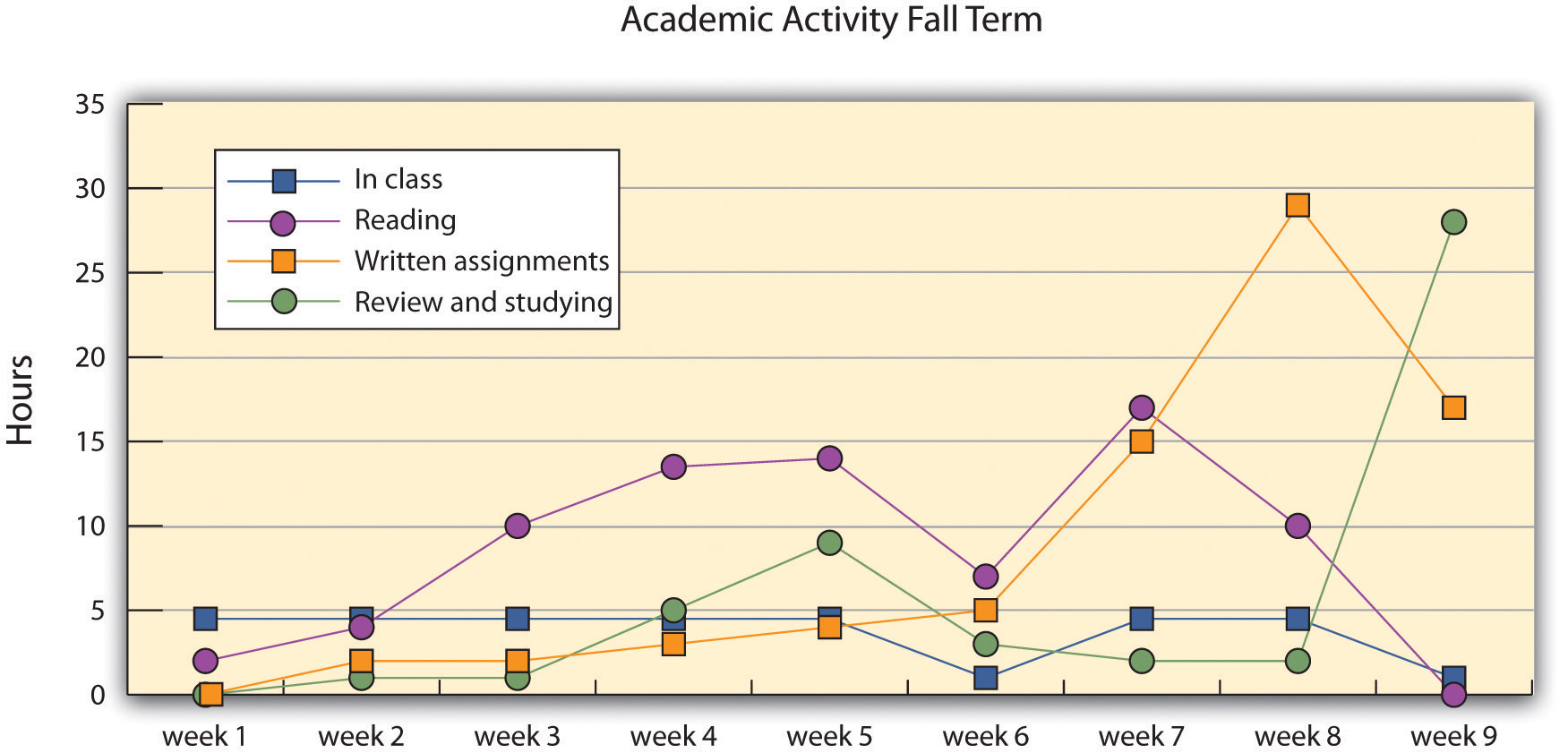 |
|
Pie Chart
|
Used to illustrate the distribution or share of elements as a part of a whole. Ask yourself what effect a change in distribution of factors would have on the whole. | 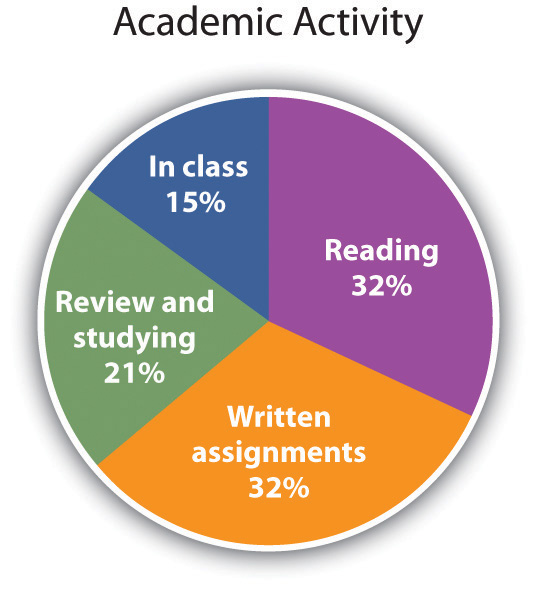 |
|
Map |
Used to illustrate geographic distributions or movement across geographical space. In some cases can be used to show concentrations of populations or resources. When encountering a map, ask yourself if changes or comparisons are being illustrated. Understand how those changes or comparisons relate to the material in the text. | 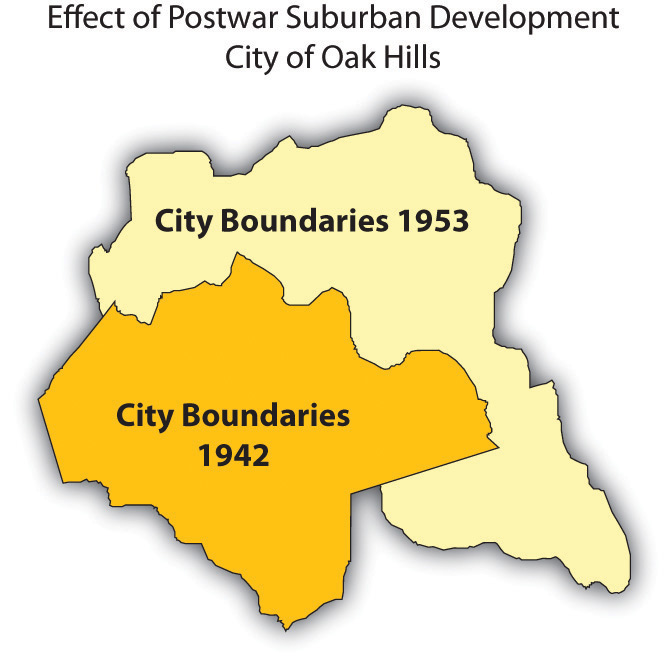 |
|
Photograph
|
Used to represent a person, a condition, or an idea discussed in the text. Sometimes photographs serve mainly to emphasize an important person or situation, but photographs can also be used to make a point. Ask yourself if the photograph reveals a biased point of view. | 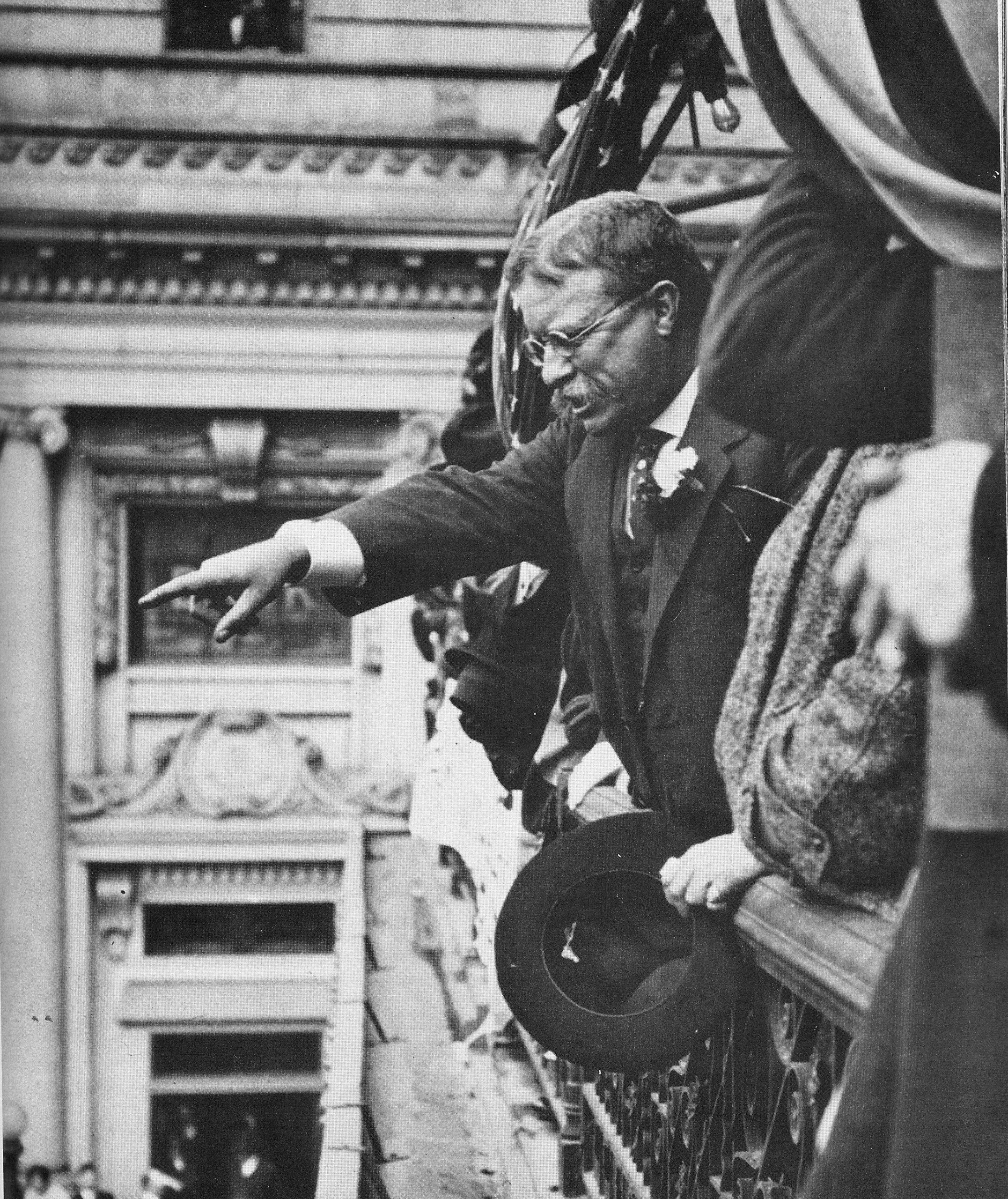 Wikimedia Commons – public domain. Wikimedia Commons – public domain. |
|
Illustration |
Used to illustrate parts of an item. Invest time in these graphics. They are often used as parts of quizzes or exams. Look carefully at the labels. These are vocabulary words you should be able to define. | 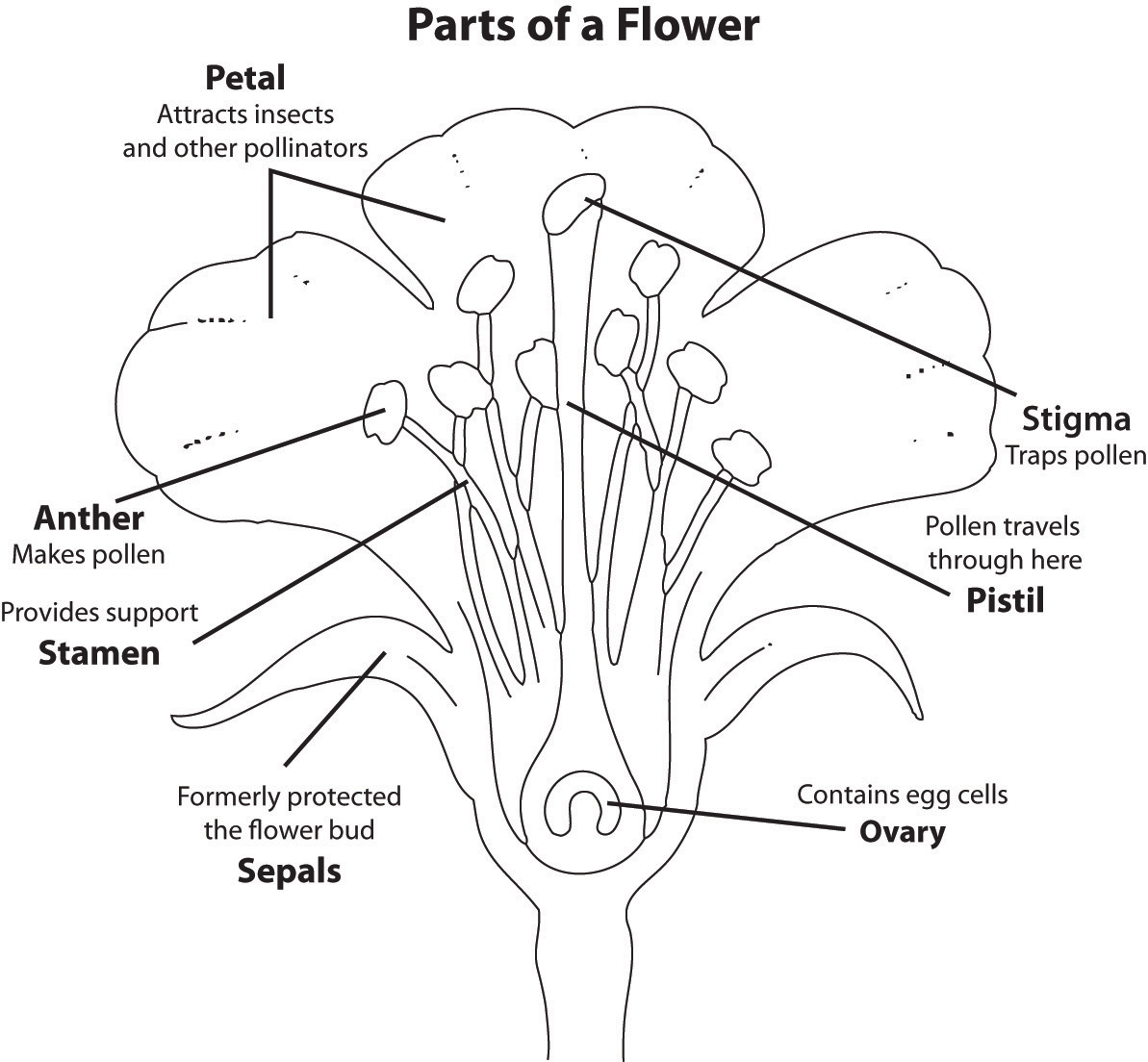 |
|
Flowchart or Diagram |
Commonly used to illustrate processes. As you look at diagrams, ask yourself, “What happens first? What needs to happen to move to the next step?” | 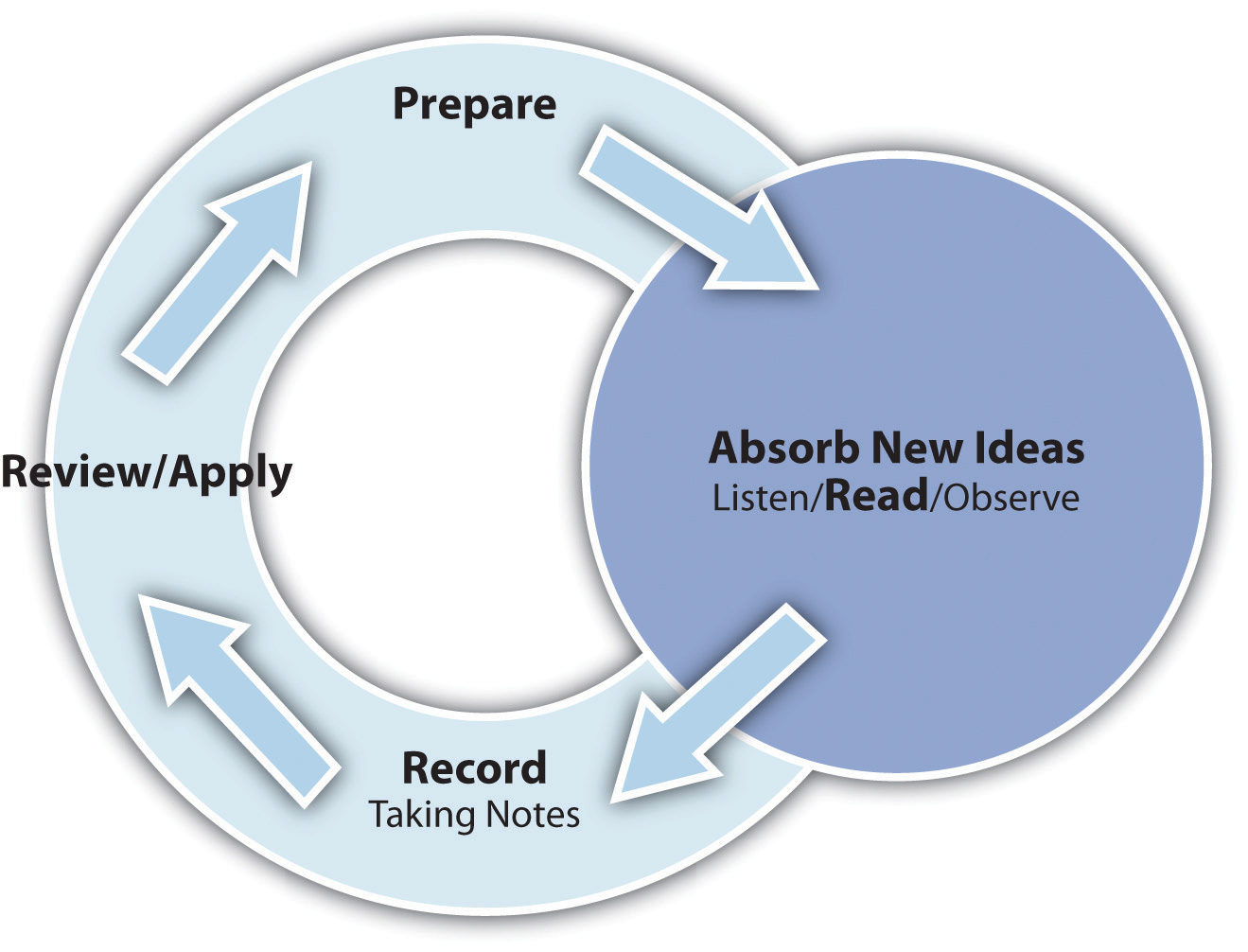 |
Additional Resources
- Study Spaces: Now that you’ve thought about your note-taking, think about where you can take notes when you’re not in a lecture, or if you’re in an online lecture. What resources are available to you on campus? Take a look at the LaGuardia Library’s Study Space, Computers, and a Place to Get to Your Online Class, as well as their Group Study Rooms: About Group Study Rooms.
- More on Note-Taking: There may also be times where you are taking notes for others, or would like more information on taking lecture notes, and would like some digital resources for note-taking. You can find more resources about these areas at Dartmouth’s Academic Skills Center information on Note-Taking. As you go through the information, identify one digital resource you will try, and when you will implement it.
- Compare the information you have read to California Polytechnic State University’s Academic Skills Center discussion of note-taking. Is there anything new you will add to your study methods/systems chart? If yes, be sure to add it to your chart and document it over time.
- If you would like more information on note-taking, you may also watch Brigham Young University’s webinar on note-taking.
- Active Recall and Spaced Repetition: To learn more about strategies beyond note-taking that can help you “ace academics,” go to the Metacognition – The Neuroscience of learning section in this textbook to learn more about strategies like retrieval learning or active recall and spaced learning.
references, licenses, and attributions
LaGuardia Community College Library (2021, April 13). About group study rooms. LaGuardia Community College. https://guides.laguardia.edu/group-study-rooms
LaGuardia Community College Library (2022, February 5). Plagiarism prevention guide: Avoiding plagiarism. LaGuardia Community College. https://guides.laguardia.edu/plagiarism/avoidplagiarism
LaGuardia Community College Library (n.d.). Study space, computers, and a place to get to your online class. LaGuardia Community College. Retrieved August 10, 2022 from https://library.laguardia.edu/services/computers-printers-and-study-space/
Northwestern Libraries (2021, September 14). First-Year Seminar template: Tips for reading and note-taking. Northwestern University. https://libguides.northwestern.edu/c.php?g=1081362&p=7880996
